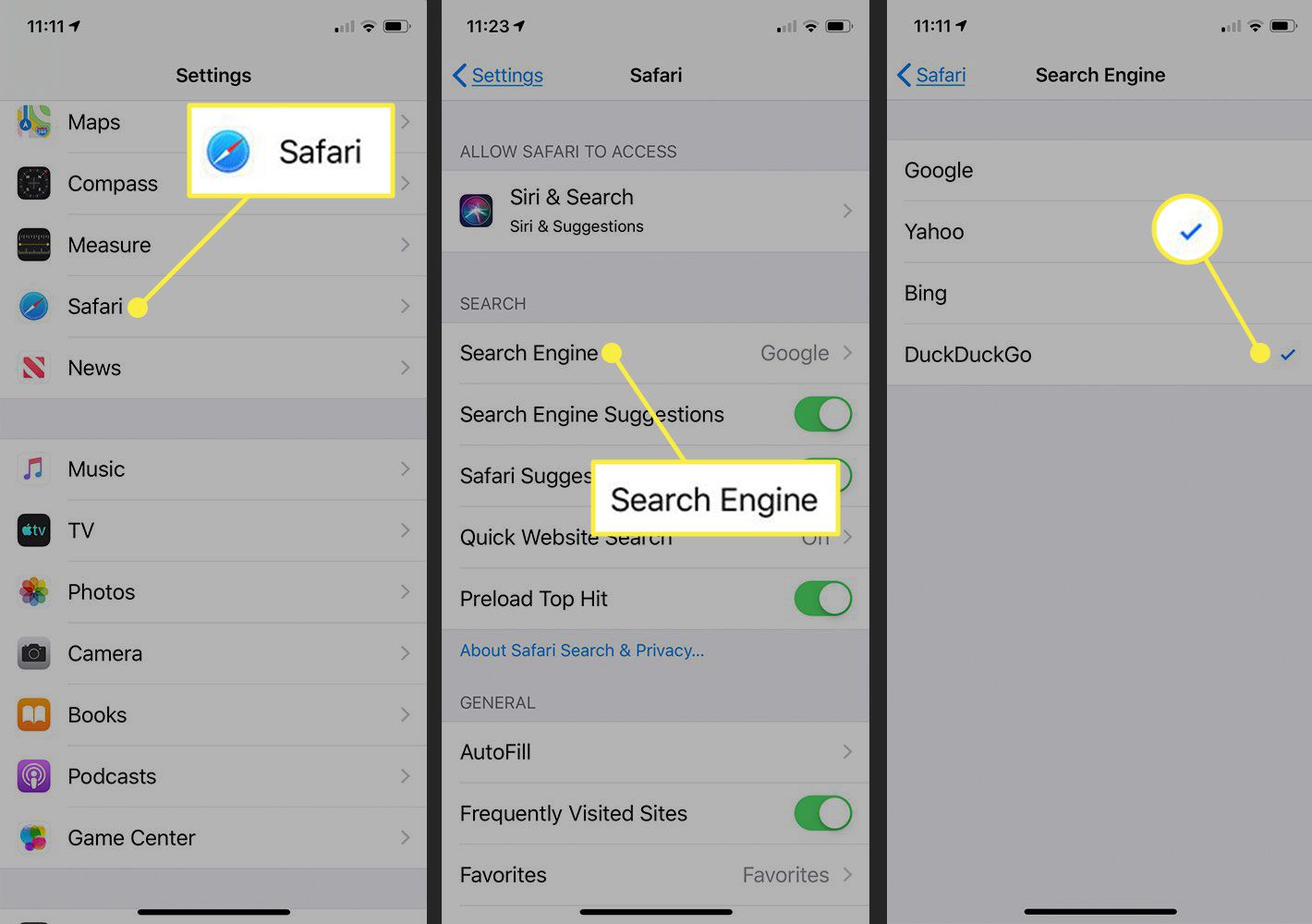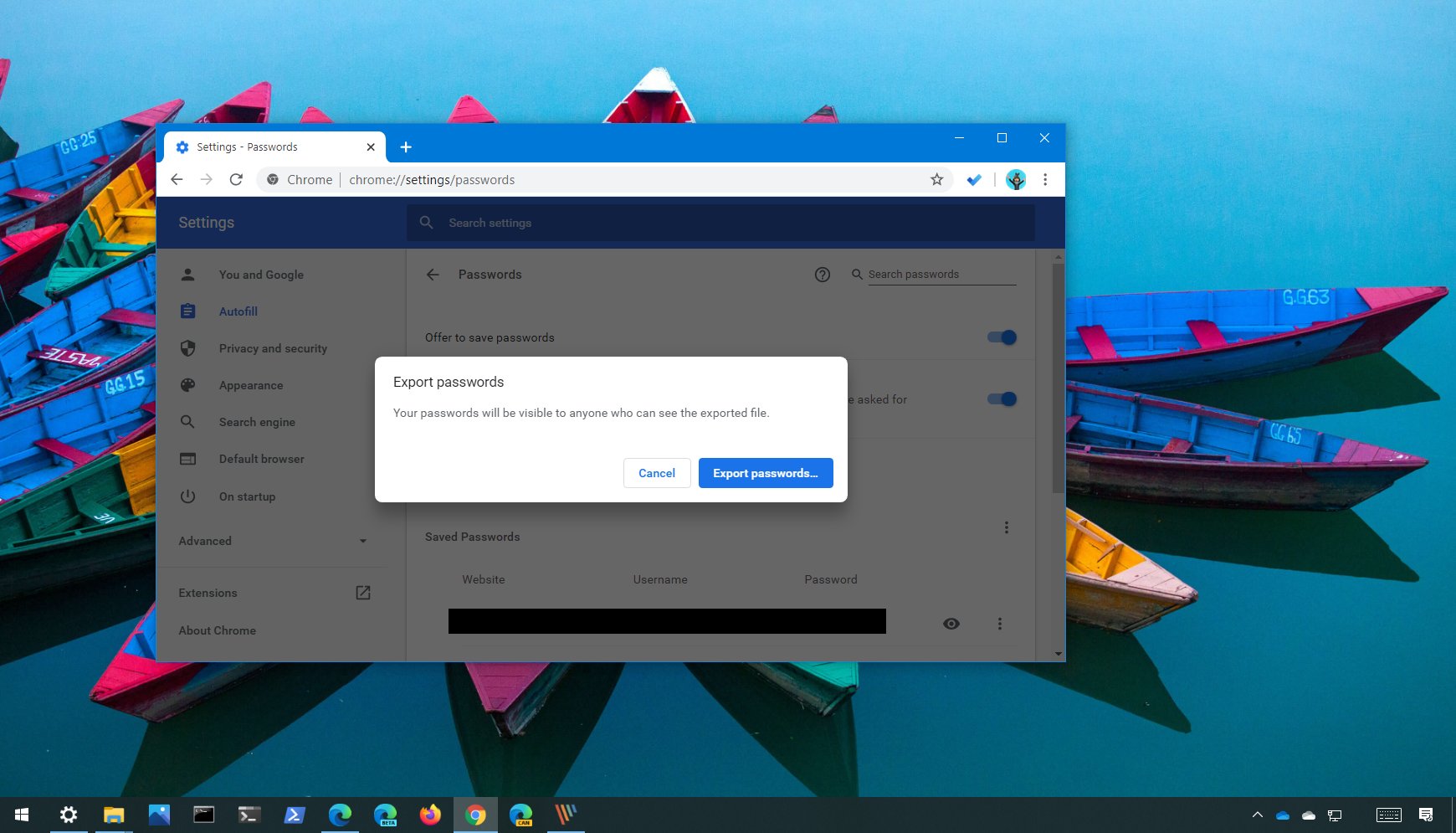Introduction
In today's digital age, where passwords are the keys to our online lives, it's not uncommon to rely on web browsers to store and manage our login credentials. Google Chrome, one of the most popular web browsers, offers a built-in password manager that securely stores and autofills usernames and passwords for various websites. However, there may be instances when you need to access these saved passwords outside of Chrome, such as when switching to a new browser or device.
Fortunately, Chrome provides a straightforward method to export saved passwords, allowing users to transfer their login information to another browser or keep a backup for safekeeping. This process can be particularly useful when migrating to a different web browser or when syncing passwords across multiple devices.
In this guide, we'll walk through the steps to download saved passwords from Chrome, empowering you to take control of your login credentials and seamlessly transition to a new browsing environment. Whether you're switching to a different browser, performing a system upgrade, or simply seeking to maintain a secure backup of your passwords, understanding how to export and import saved passwords from Chrome can be a valuable skill in managing your digital security.
By following the steps outlined in this article, you'll gain the knowledge and confidence to navigate Chrome's password management features effectively. So, let's dive into the process of accessing and exporting saved passwords from Chrome, empowering you to maintain control and security over your valuable online credentials.
Step 1: Accessing Chrome's Password Manager
Accessing Chrome's Password Manager is the initial step in the process of downloading saved passwords from the browser. Chrome's built-in password management feature provides a convenient and secure way to view, edit, and export saved login credentials. Here's how to access Chrome's Password Manager:
-
Open Chrome Settings: Begin by launching the Google Chrome web browser on your computer. In the top-right corner of the browser window, click on the three-dot menu icon to open the Chrome menu. From the menu, select "Settings" to access the browser's configuration options.
-
Navigate to Passwords: Within the Settings menu, scroll down or use the search bar to locate the "Passwords" section. Click on "Passwords" to access Chrome's built-in Password Manager.
-
View Saved Passwords: Upon entering the Passwords section, you will see a list of websites for which Chrome has saved your login credentials. Each entry typically includes the website's URL, your username, and an option to reveal the saved password. You may need to authenticate your identity using your computer's login credentials or biometric authentication before being able to view the saved passwords.
-
Manage Passwords: In addition to viewing saved passwords, Chrome's Password Manager allows you to manage your login credentials. You can edit or delete saved passwords, update usernames, or remove outdated entries as needed. This feature provides users with control over their stored login information, enhancing security and convenience.
By following these steps, you can easily access Chrome's Password Manager and view the saved passwords associated with your online accounts. This access is crucial for the subsequent steps of exporting and importing saved passwords, enabling you to maintain control and security over your login credentials. With a clear understanding of how to access Chrome's Password Manager, you are now ready to proceed to the next step of exporting saved passwords for external use or backup purposes.
Step 2: Exporting Saved Passwords
Exporting saved passwords from Google Chrome is a straightforward process that allows users to create a backup of their login credentials or transfer them to another browser. This feature can be particularly useful when switching to a new web browser or when syncing passwords across multiple devices. Here's a detailed guide on how to export saved passwords from Chrome:
-
Access Chrome Settings: Begin by opening the Google Chrome web browser on your computer. Click on the three-dot menu icon in the top-right corner of the browser window to access the Chrome menu. From the menu, select "Settings" to enter the browser's configuration options.
-
Navigate to Passwords: Within the Settings menu, scroll down or use the search bar to locate the "Passwords" section. Click on "Passwords" to access Chrome's built-in Password Manager.
-
Export Saved Passwords: In the Password Manager, you will find an option to export saved passwords. Click on the three-dot menu icon located next to the "Saved Passwords" heading. From the dropdown menu, select "Export passwords."
-
Authenticate Export: Upon selecting "Export passwords," Chrome may prompt you to authenticate the export process. This is a security measure to ensure that only authorized users can access the saved passwords. You may be required to enter your computer's login credentials or use biometric authentication to proceed with the export.
-
Choose Export Location: After authentication, Chrome will prompt you to choose a location to save the exported password file. Select a secure and easily accessible location on your computer, such as the desktop or a designated folder.
-
Review Exported File: Once the export process is complete, navigate to the chosen location to review the exported password file. The file is typically saved in a CSV (Comma-Separated Values) format, which can be opened and viewed using spreadsheet software such as Microsoft Excel or Google Sheets.
By following these steps, you can successfully export saved passwords from Google Chrome, empowering you to create a backup of your login credentials or transfer them to another browser. This process provides users with greater control over their saved passwords, ensuring that valuable login information is securely stored and easily accessible when needed. With the exported password file in hand, you are now equipped to proceed to the next step of importing saved passwords to another browser, as outlined in the following section.
Step 3: Importing Saved Passwords to Another Browser
Importing saved passwords from Google Chrome to another web browser is a valuable process that allows users to seamlessly transfer their login credentials, ensuring a smooth transition to a new browsing environment. Whether you're switching to a different browser for enhanced features or compatibility reasons, or simply seeking to consolidate your saved passwords across multiple browsers, importing saved passwords from Chrome can streamline your online experience. Here's a detailed guide on how to import saved passwords to another browser:
-
Open the Target Browser: Begin by launching the web browser to which you intend to import the saved passwords from Google Chrome. Ensure that the browser is up to date to support the import process effectively.
-
Access Browser Settings: Navigate to the settings or preferences menu of the target browser. The location of this menu may vary depending on the browser you are using. Look for an option related to passwords, security, or import functionality within the settings.
-
Locate Password Import Feature: Within the browser settings, search for the option to import passwords or login credentials. Different browsers may label this feature differently, such as "Import from another browser" or "Import data." Click on this option to initiate the import process.
-
Choose Chrome as the Source: When prompted to select the source browser from which you want to import passwords, choose Google Chrome from the available list of browsers. This action informs the target browser that you intend to import saved passwords specifically from Chrome.
-
Authenticate the Import: Depending on the security settings of the target browser, you may be required to authenticate the import process. This can involve entering your computer's login credentials or providing biometric authentication to proceed with the import.
-
Select Password File: After authenticating the import, the browser may prompt you to select the exported password file from Google Chrome. Navigate to the location where you saved the exported CSV file and select it for import.
-
Complete the Import Process: Once the password file is selected, follow the on-screen instructions to complete the import process. The target browser will process the imported passwords and integrate them into its password management system.
By following these steps, you can effectively import saved passwords from Google Chrome to another web browser, ensuring that your login credentials are seamlessly transferred and readily available for use. This process simplifies the transition to a new browser and allows you to maintain a consistent and secure login experience across different browsing platforms. With the imported passwords successfully integrated into the target browser, you can enjoy the convenience of accessing your saved login credentials without the need for manual entry or reconfiguration.
Conclusion
In conclusion, mastering the process of downloading saved passwords from Google Chrome empowers users to maintain control, security, and convenience over their valuable online credentials. By accessing Chrome's Password Manager, users can effortlessly view, edit, and export their saved passwords, enabling seamless transitions to new browsers or devices while ensuring the safety of their login information.
The ability to export saved passwords from Chrome in a secure and accessible format, such as a CSV file, provides users with a valuable backup of their login credentials. This backup not only serves as a safety net in case of unexpected data loss but also facilitates the seamless transfer of passwords to alternative browsers. Whether migrating to a different browsing environment or consolidating saved passwords across multiple devices, the export feature of Chrome's Password Manager offers a practical solution for managing login credentials effectively.
Furthermore, the process of importing saved passwords from Google Chrome to another web browser streamlines the transition and ensures a consistent login experience across different platforms. This functionality eliminates the need for manual entry of login credentials and simplifies the onboarding process when switching to a new browser. By seamlessly integrating saved passwords from Chrome, users can maintain a cohesive and secure online presence, enhancing both productivity and peace of mind.
Understanding the nuances of accessing, exporting, and importing saved passwords from Google Chrome equips users with the knowledge and confidence to navigate the intricacies of password management. This proficiency not only enhances digital security but also fosters a seamless and efficient online experience, free from the burden of manual password entry and configuration.
In essence, the ability to download saved passwords from Google Chrome represents a pivotal aspect of digital empowerment, enabling users to safeguard their online identities and streamline their browsing experiences. By leveraging the features of Chrome's Password Manager, users can take proactive steps to secure their login credentials, facilitate smooth transitions between browsers, and embrace the convenience of a unified password management system.
With the insights gained from this guide, users are poised to harness the full potential of Chrome's password management capabilities, ensuring that their online interactions are characterized by security, efficiency, and peace of mind.

























